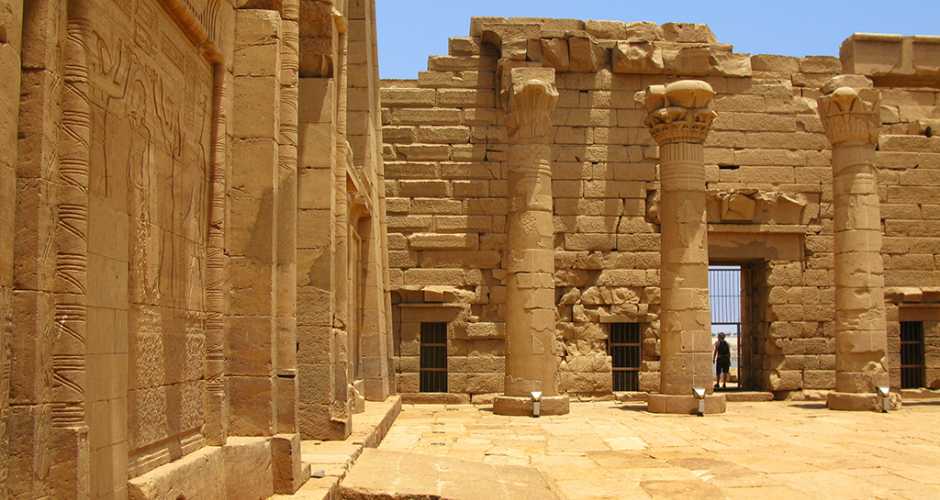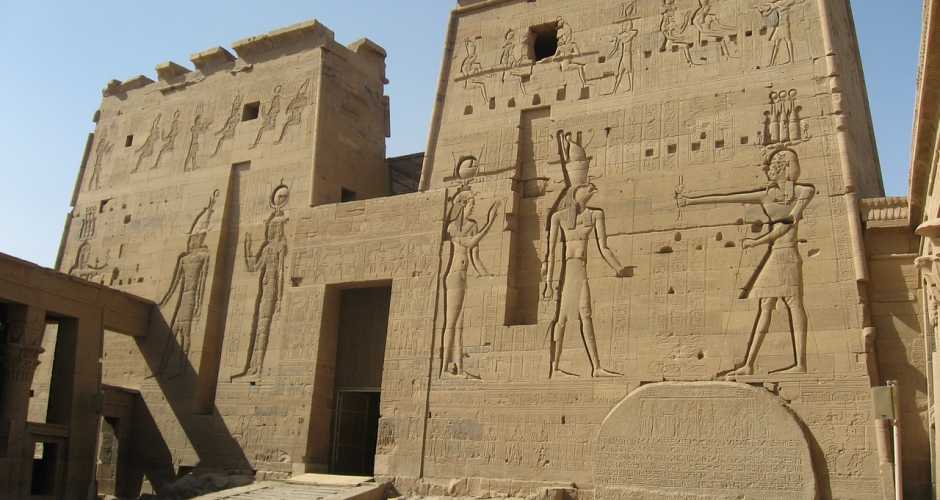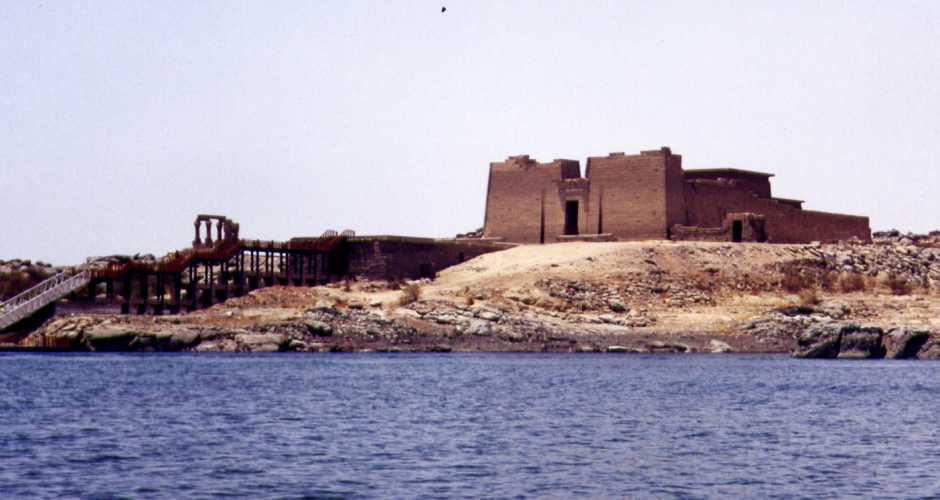- Home
-
Day tours
- Day tours
-
Marsa alam tours
-
Hurghada tours
-
El Quseir Tours
-
Makadi bay
-
Cairo Tours
- Cairo Tours
- Top Things in Cairo
- Siwa tours from Cairo
- Cairo Culture Tours
- Alexandria trips from Cairo
- Nile Cruises From Cairo
- Night Dinner Cruises in Cairo
- Sound and Light show Excursion
- Fayoum trips from Cairo
- Luxor Tours From Cairo
- white desert trips from Cairo
- Al Minya tours from Cairo
- Cairo Travel Packages
- Cairo Desert and Safari tours
- Aswan tours From Cairo
- Cairo Taxi Transfers
-
Luxor Tours
-
Portghalib tours
-
Sharm el Sheikh
-
El Gouna Tours
-
Aswan Tours
-
Sahl Hasheesh Tours
-
Soma Bay tours
- Safaga Tours
-
Airport Transfer
-
Tour Packages
- Tour Packages
-
Egypt Travel Packages
- Egypt Travel Packages
- Egypt Itinerary 4 Days
- Egypt Itinerary 5 Days
- Egypt Itinerary 6 Days
- Egypt itineraries 7 Days
- Egypt itineraries 8 Days
- Egypt Itinerary 9 Days
- Egypt Itineraries 10 Days
- Egypt Itinerary 11 Days
- Egypt Itineraries 12 Days
- Egypt Itineraries 13 Days
- Egypt Itineraries 14 Days
- Egypt Itineraries 15 Days
- Egypt Itineraries 16 Days
- Egypt Itineraries 17 Days
- Egypt Itineraries 18 Days
- Egypt Itineraries 19 Days
- Egypt Itineraries 20 Days
- Egypt Itineraries 21 Days
- Top Egypt Vacation Packages
- Egypt Cruises Packages
- Egypt Christmas Holidays
- Hurghada Holiday Packages
- Marsa Alam holidays packages
- Marsa Alam tour Packages
- Egypt Walking Holidays
-
Shore Excursions
-
Egypt Nile Cruises
-
Egypt Attractions
- Egypt Attractions
-
Top Attractions In Luxor
-
Top attractions in Bahariya
-
Top Attractions In Fayoum
-
Top Attractions In Siwa
-
Top attractions in Sakkara
-
Top Attractions In Giza
-
Top Attractions In Aswan
-
Top Attractions In Alexandria
-
Top Attractions In Cairo
-
Attractions in Damietta
-
Top Attractions In Hurghada
-
Top Attractions in El Quseir
- Top attractions in Marsa Alam
- Top attractions in Al Minya
- Top attractions in El Gouna
- Top attractions in Sharm
- Contact us
-
Egypt Travel Guide
- Egypt Travel Guide
- Egypt tours Faq
- Egypt Itinerary 7 Days
- Best Tours in Marsa Alam
- Egypt Itinerary 8 Days
- Travel to siwa from Cairo
- Plan your trip to Egypt
- Is Egypt Safe to Visit
- Egypt Itinerary Planner
- The Best Winter Destinations
- Egypt Tour Packages guide
- The best Nile Cruises in Egypt
- Tips For visiting the Pyramid
- Foods You Need to Eat In Egypt
- The 10 Best Marsa Alam Tours
- Payment Policy
- Covid-19
Temple of Kalabsha
Kalabsha Temple is one of the wonderful attractions in Aswan which considered the most delightful city on the banks of the Nile River, as it is the most favorite winter resort for all people since the nineteenth century.
Kalabsha Temple returned to the roman times and was dedicated to the Nubian god Mandoulis, and go back to the time of roman emperor Augustus, later emperor have contributed for the construction, for example, kaligula and Trjan.It originally was built on much early site that dates back to the 18th dynasty and most probably go back to king Thothmosis and Amenhotep II.The temple is considered among the most complete temples in all of Nubia. Located within view of the High Dam, Kalabsha Temple is often the first stop for any cruise on Lake Nasser. It was moved to this spot from its originally location 30 miles to the south after the construction of the dam.

The design of Kalabsha Temple is classical for the Ptolemaic period with pylons, courtyard, hypostyle hall and three room, However the Pylon is offset, which creates a trapezoid in the courtyard beyond, It was based on the site of an earlier structure built by Ptolemy IX as evidenced by a chapel There is also a small chapel and gate on Elephantine Island from Kalabsha, and a gate built by Augustus was given to the Agyptisches Museum in West Berlin.

It has a large pylon, which is connected to the rest of the complex by a wall, creating a closed space. There are stairs to the roof, offering a great view of the lake and back up to the High Dam.

The courtyard just inside the pylon once had columns on three sides, At either end is a staircase that leads to the upper stories of the pylon and a good view of Lake Nassar, On the right screened wall separating the courtyard from the hypostyle hall is an engraving from Aurelius Besarion (around 249 AD), the governor of Ombos and Elephantine decreeing the expulsion of swine from the town for religious purposes, On a column here is the text of King Kharamadoye and is one of the longest Meroitic inscriptions found to date.

The temple's original outer stone gateway was given by the Egyptian government to Germany in 1977, in thanks for helping to move this building. It is now in the Egyptian Museum, Berlin. As a result of a massive Unesco effort, the temples here were transplanted from a now-submerged site about 50km south of Aswan. The new site is on the west bank of Lake Nasser just south of the High Dam.,When the water level is low you can sometimes walk across to the site; otherwise, you can find a motor boat on the western side of the High Dam.
